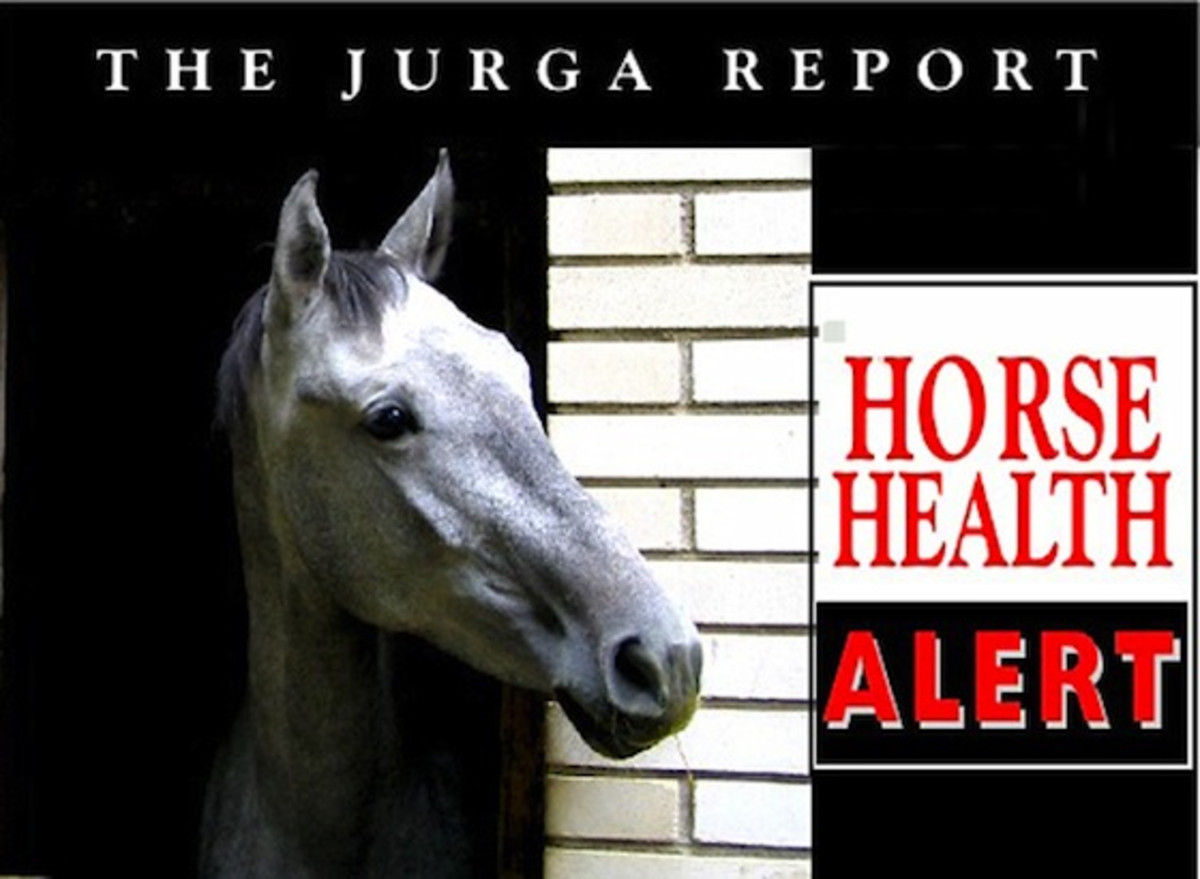Equine Herpesvirus (EHV) Confirmed in Horse at Denver’s National Western Stock Show Rodeo
- March 10, 2017
- ⎯ Fran Jurga

The Colorado Department of Agriculture issued this announcement on Tuesday, January 29, 2013:
LAKEWOOD, Colo. – The Colorado Department of Agriculture is investigating one confirmed case of Equine Herpesvirus (EHV-1) within the state. A quarantine has been placed on seven horses including the index case; a hold order has been placed on six additional horses who may have had direct contact.
The affected horse, a six year old gelding from Texas, is part of the team of quarter horses used during the National Western Stock Show (NWSS) rodeo to pull a stagecoach during rodeo performances. The horse began showing clinical signs January 27 and was transported to the Colorado State University Veterinary Teaching Hospital for diagnosis and treatment.
The diagnosis of Equine Herpesvirus was confirmed January 28, 2013.
The affected horse is isolated and in stable condition. The other horses from the team are under quarantine at the NWSS coliseum and hold orders have been placed on other contact horses.
“The Department is taking quick and appropriate actions to investigate, control and mitigate this disease,” said State Veterinarian, Dr. Keith Roehr. “We will continue to trace the potential contacts of this horse in order to protect Colorado’s equine industry.”
The affected horse was housed in the coliseum at the National Western from January 7-28. Neither the gelding nor the rest of the team had any contact with horses being housed and shown in the Events Center and the Hall of Education. Horse owners who traveled to the NWSS and participated in events in the coliseum should monitor their horses for clinical signs and contact their veterinarian immediately if their horse becomes ill or has a fever. Owners who have horses with clinical signs consistent with neurological EHV-1 infection should consult their veterinarians.
Symptoms include fever, decreased coordination, nasal discharge, urine dribbling, loss of tail tone, hind limb weakness, leaning against a wall or fence to maintain balance, lethargy, and the inability to rise. While there is no cure, the symptoms of the disease may be treatable.
EHV-1 is not transmissible to people; it can be a serious disease of horses that can cause respiratory, neurologic disease and death. The most common way for EHV-1 to spread is by direct horse-to-horse contact. The virus can also spread through the air, contaminated equipment, clothing and hands.
EHV-1 is not transmissible to people; it can be a serious disease of horses that can cause respiratory, neurologic disease and death. The most common way for EHV-1 to spread is by direct horse-to-horse contact. The virus can also spread through the air, contaminated tack and equipment, clothing and hands.
EHV-1 was also diagnosed in Douglas County, Colorado in 2012. In early May, one horse tested positive for EHV-1. Prior to exhibiting signs of the disease, the affected horse had recently traveled to Colorado from Iowa. The Douglas County horse was euthanized after showing severe neurological signs associated with the disease.
Additional Resources for Readers:





